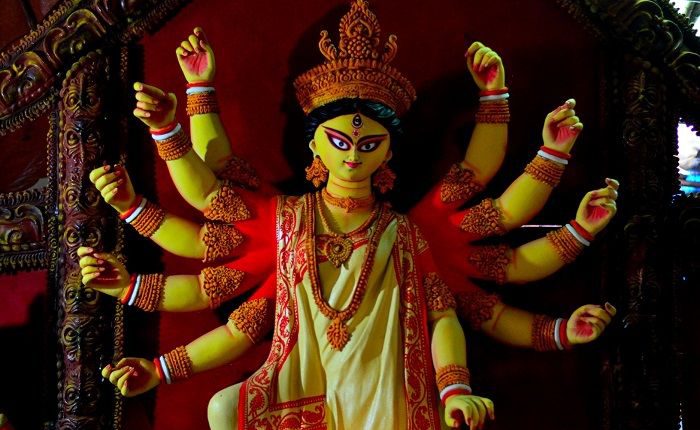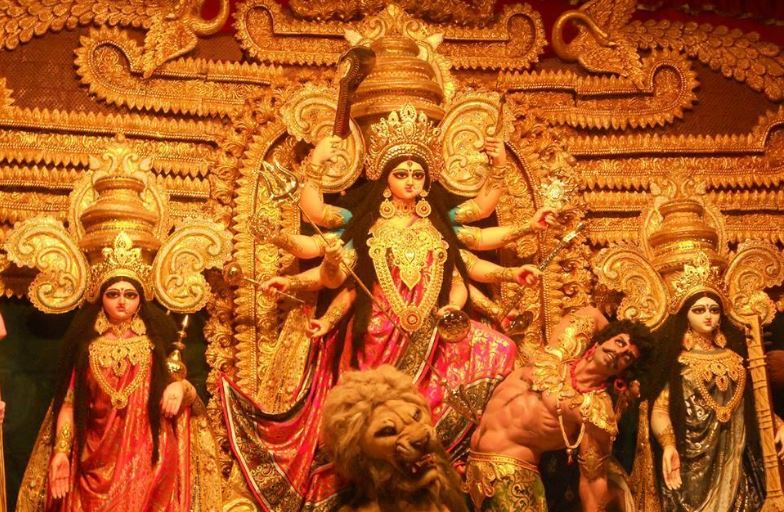By- Md. Mojahid Raza
Bhubaneswar: Today is the first day of Navratri- the nine most auspicious days of the Hindu calendar. The festival which is observed all across the country has different significance for different parts of the subcontinent. This year Navratri begins on October 10 and the festivities will conclude on October 19 with Vijaya Dashmi or Dussehra.
Navaratri is celebrated four times a year as Vasanta Navaratri, Ashadha Navaratri, Sharad Navaratri and Magha Navaratri. Vasanta Navaratri is celebrated at the beginning of spring while the Sharad or Shardiya Navaratri falls in the month of September/October before the arrival of the winter season. However, the latter which falls during autumn (September-October) is the most important one which is celebrated with great fanfare and religious fervour.
As per the Hindu mythology, the first incarnation of Shakti was Shailaputri. The other incarnations of Goddess Durga are Brahmacharni, Chandraghanta, Kushmanda, Skandamata, Katyayani, Kalaratri, Mahagauri and Siddhidatri. All the nine incarnations of Devi Durga are worshipped as ‘Nava Durga’ during Navratri. The dates are set according to the lunar calendar. The festivities traditionally begin on Pratipada, which marks the first day of the bright fortnight of the lunar month of Ashwin.


The festival is celebrated in different ways all over India. In the North, Navratri is celebrated as the victory of Lord Rama over the demon king of Lanka Ravana. Similarly, Navratri is celebrated as Durga Puja in the east where the festival symbolizes the victory of Goddess Durga over demon Mahishasura. It is celebrated as the symbolic victory of truth and the greatness of feminism. Legend goes that Goddess Durga had agreed to marry Mahishasura if he defeated her in a battle. The battle continued for 9 days and on the tenth night Goddess Durga won and beheaded Mahishasura. Thus, the final or tenth day of the festival is called Vijay Dashmi or Dussehra.

In the Western parts of India, Navratri is celebrated by organising ‘Ram Lila’. The festival culminates on Dusshera or Vijaya Dashmi when the effigy of Ravana is burnt to signify victory of truth over evil. In Gujarat, the festival is celebrated in the most colourful way- through a 9 day long dance festival where people play Garba and Dandiya.


In Tamil Nadu and much of South India, Navratri is known as Golu or Dassara. Idols are created in various settings that portray the culture and heritage of the South. In Karnataka, the festival is celebrated as a royal festival with special light arrangements, elephant festival and elaborate decorations at the Mysore Palace.



Celebrations include stage decorations, recital of legends, enacting of the story, and chanting of the scriptures of Hinduism. The festival also starts the preparation for one of the most important and widely celebrated holidays, Diwali, the festival of lights, which is celebrated twenty days after the Vijaya Dashami or Dussehra.
Also Read: The Unsung Heroes Of India. Read On To Find Out




